Fujifilm X-T5 Review: how this camera revived my love for Photography
Finding Joy in Photography Again
For years, my trusty Canon 6D was my constant companion. As a full-frame DSLR, it delivered exceptional image quality and served me well on countless photography adventures. But over time, our relationship changed. I haven’t sold it—there’s still a sentimental attachment there—but I realized about a year ago that it had been gathering dust for months.
Why? The size and weight were the obvious culprits. Carrying around a bulky DSLR with hefty lenses started feeling more like a chore than a joy. But there was something deeper at play too—taking pictures had begun to feel mechanical and uninspiring. The hours spent editing RAW files in Lightroom had become a burden rather than a creative outlet. Photography should be fun, right? Yet I found myself avoiding it altogether.
I needed a change, something to reignite that spark.
The Search for Something Different
My first instinct was to look at Sony’s mirrorless lineup. On paper, they’re incredible machines—technological powerhouses with eye-watering specs. I had been eyeing them for years because I was amazed by what they can create. However, after handling a few models at a camera store, something didn’t click (pun intended). They felt… clinical. Yes, they’re workhorses that deliver exceptional results, but they still felt too “digital” and too focused on being work tools rather than creative instruments.
Sure, if you do photography as a job then you need a work tool. For my usage, though, a Sony camera felt too much.
Then I picked up a Fujifilm, and everything changed.
Enter the Fujifilm X-T5
After extensive research and some hands-on time in stores, I took the plunge and purchased the X-T5 in January. I bought it here in Australia and took advantage of the Tourist Refund Scheme to claim the GST back when leaving for a short trip, making an already good value camera even more affordable (a nice little tip for any visitors to Australia!).
From the moment I unboxed it, I knew this camera was different. Here’s why the X-T5 has completely transformed my relationship with photography:
The Physical Experience: Design and Handling
The X-T5 is a love letter to traditional photography. In a world where cameras increasingly resemble computers with lenses attached, Fujifilm has taken a different approach.
The retro aesthetic isn’t just for show—it translates to a more intuitive shooting experience. Instead of diving into endless menu systems, I can glance down at my camera and see my exposure settings at a glance. Dedicated dials for ISO, shutter speed, and exposure compensation mean I can make adjustments without taking my eye away from the viewfinder.
At 557g (with battery and memory card), it’s substantially lighter than my Canon 6D which weighed in at a hefty 770g for the body alone. Not to mention that my go to lens was the Sigma 35mm 1.4 Art which is an amazing lens but it also weighs 665g! This weight difference means I actually want to bring my camera everywhere. The more compact size means it fits comfortably in a small bag rather than requiring a dedicated camera backpack.
The grip is just right—substantial enough to provide security when shooting with larger lenses, but not so bulky that it compromises the camera’s overall compact form factor.
Technical Specifications: Beyond the Numbers
Now, let’s talk about what’s under the hood of the X-T5:
- Sensor: 40.2MP X-Trans CMOS 5 HR BSI sensor
- Processor: X-Processor 5
- ISO Range: 125-12,800 (expandable to 64-51,200)
- Autofocus: 425-point hybrid phase/contrast-detect AF system
- Burst Shooting: Up to 15fps with mechanical shutter, 20fps with electronic
- Stabilization: 5-axis in-body image stabilization (IBIS) with up to 7 stops
- Video: 6.2K/30p, 4K/60p, 1080/240p
- LCD: 3-inch, 1.84M-dot 3-way tilt touchscreen
- Viewfinder: 3.69M-dot OLED EVF with 0.8x magnification
- Battery Life: Approximately 580 shots per charge (normal mode)
- Storage: Dual UHS-II SD card slots
- Connectivity: Wi-Fi, Bluetooth, USB-C, HDMI, 3.5mm microphone jack
But here’s the thing—while these specs are impressive, they don’t tell the whole story. The X-T5 isn’t about having the absolute best specifications in every category; it’s about how these features come together to create an enjoyable and inspiring photography experience.
Image Quality: Those Gorgeous Fujifilm Colors
Coming from Canon’s excellent full-frame sensor, I was concerned about stepping down to Fujifilm’s APS-C format. I remember the first time I actually saw the difference between the two sensors so going back to a smaller one made me overthink the decision at first. This worry didn’t last long though!
The 40.2MP sensor captures incredible detail, more than enough for large prints. Dynamic range is excellent, allowing me to recover highlights and shadows in challenging lighting conditions (on those rare occasions when I do shoot RAW).
But the real magic—the absolute game-changer for me—has been Fujifilm’s film simulations. They’re not just Instagram-style filters; they’re carefully crafted color profiles based on Fujifilm’s decades of film manufacturing experience.
The standard Provia profile offers a wonderful balance for everyday shooting. Classic Chrome gives that slightly muted, documentary look that’s perfect for street photography. And Velvia makes landscapes pop with vibrant colors that somehow never look artificial.
Film Simulations: The End of Endless Editing
Here’s what has truly transformed my workflow: since getting the X-T5 in January, I haven’t edited a single image in Lightroom. Not one.
The JPEG files straight out of camera look so good that post-processing feels unnecessary. I’ve been shooting almost exclusively with film simulations, occasionally tweaking settings like grain effect, color chrome, and clarity to get exactly the look I want in-camera.
I’ve also discovered the world of “film recipes“—custom settings shared by the Fujifilm community that emulate everything from vintage film stocks to modern cinematic looks. With a few adjustments to my camera settings, I can capture images that have a distinct, finished look without ever touching a computer. Lately I have been using one that I found on a website and it has been my go to recipe for any kind of picture I take!
This has completely eliminated the part of photography I had grown to dislike—the hours spent in front of a computer. Now, I can focus entirely on the act of photography itself, knowing that what I see through the viewfinder is very close to my final image.
Autofocus and Performance
Let’s talk autofocus now. I spent quite some time on forums, Youtube, Reddit and such trying to make up my mind about purchasing it and the most common problem people talked about was Fuji’s autofocus.
Based on my experience so far, yes, the X-T5’s autofocus system isn’t quite at the level of Sony’s or Canon’s latest offerings, but it’s more than capable for most situations. Face and eye detection work well for portraits, and the subject tracking is reliable for moving subjects once it’s locked on. Maybe it’s not ideal for fast scenarios like sporting events but it does its job. Moreover, not long ago, Fujifilm released a firmware updated that greatly improved the autofocus of the camera.
The camera powers on almost instantly, and the improved processor makes navigating menus and reviewing images noticeably snappier than previous X-T models. The 15fps burst rate with the mechanical shutter has been more than enough for the occasional action shots.
Battery life has been a pleasant surprise. I can easily get through a full day of fairly intensive shooting on a single charge!
The Little Things That Matter
Beyond the major features, it’s the small details that make the X-T5 special:
- The satisfying click of the physical dials
- The ability to save custom settings and make film recipes
- The lovely sound of the mechanical shutter (when I choose to use it)
- The film simulations, that let me capture the same scene with different looks
- The pixel shift high-resolution mode for those times when I need maximum detail
And I can’t overstate how much I appreciate the three-way tilting screen. Unlike a fully articulating screen that swings out to the side (which can feel fragile), this design maintains the camera’s compact form while still allowing for high and low angle shooting in both portrait and landscape orientations.
Some Drawbacks to Consider
No camera is perfect, and the X-T5 does have some limitations worth mentioning:
- APS-C Limitations: While the image quality is excellent, a full-frame sensor still provides advantages in extremely low light and for achieving the shallowest depth of field.
- Video Features: While the video specs look impressive, the X-T5 lacks some video-centric features found in the X-H series, like a dedicated record button and longer record times. For me, this is not a problem because video is not something I do but I wanted to mention it.
- Learning Curve: If you’re coming from a more menu-driven camera system, the dial-based controls take some getting used to.
- Third-Party Lens Options: While improving, the selection of third-party autofocus lenses for Fujifilm is still more limited than for Canon, Sony, or Nikon.
- No Built-in Flash.
Who Is This Camera For?
Based on my experience, I think the X-T5 is perfect for:
- Photographers who value the shooting experience as much as the final results.
- Travel photographers looking for a lightweight yet capable system.
- Street and documentary photographers who benefit from the discreet size and film simulations.
- Anyone tired of extensive post-processing who wants great results straight from camera.
- DSLR users looking to downsize without compromising on image quality or control.
It might not be ideal for:
- Professional sports photographers who need the absolute fastest autofocus and longest telephoto options.
- Videographers who should probably look at the X-H2S or options from other brands.
- Photographers who need extreme shallow depth of field for their style might still prefer full-frame.
From Mechanical Process to Creative Joy
What strikes me most when reflecting on my switch from Canon to Fujifilm isn’t the technical differences—it’s how it has changed my relationship with photography itself.
With my Canon, photography had become a mechanical process: capture RAW files, import to computer, spend hours editing, export, share. The creativity felt front-loaded to the moment of capture, with everything after feeling like technical work.
The X-T5 has transformed this entire experience. Now, photography feels creative at every stage. The tactile controls encourage experimentation. The film simulations inspire different approaches to the same scene. The immediate feedback through the EVF shows me my final image before I press the shutter. Also, the app for the phone works really well and I can transfer the pictures into my phone and upload them online in a matter of minutes!
Most importantly, I’m actually using my camera again. It comes with me on walks, to family gatherings, on everyday errands—because it’s no longer a burden to carry or use. The joy has returned to photography, and that’s worth more than any technical specification.
Conclusion: A Camera That Inspires
The Fujifilm X-T5 isn’t just a tool for capturing images; it’s a camera that actively encourages you to take more photos. Its combination of tactile controls, beautiful design, excellent image quality, and those magical film simulations creates an experience that’s simply more enjoyable than anything I’ve used before.
If you’re like me—someone who loves photography but found yourself using your camera less and less—the X-T5 might be exactly what you need to re-ignite that passion. It’s not about having the absolute best specifications in every category; it’s about having a camera that makes you want to pick it up and shoot.
As an alternative, if the X-T5 might be too much or too expensive for you, look into the X-T50 or the X-S20. I briefly tried both and the X-T50 was just too small for my hands. I was leaning more towards the X-S20 but I didn’t choose it because it has a smaller battery than the X-T5 and it’s more geared towards video work which I don’t do.
One year after putting down my Canon 6D, I’m taking more photos than ever before. And isn’t that the whole point?
Rating: 9/10
Pros:
- Beautiful retro design with intuitive physical controls.
- Excellent image quality from the 40.2MP sensor.
- Incredible film simulations that reduce or eliminate editing time.
- Compact and lightweight while maintaining a solid feel.
- Effective in-body image stabilization.
- Weather-sealed construction.
- Great battery life.
Cons:
- APS-C sensor limitations for extreme shallow depth of field.
- Video features not as comprehensive as dedicated video cameras.
- Autofocus, while good, not quite at Sony’s level for challenging situations.
- Limited third-party lens options compared to other systems.
- Lack of stock! I’ve been fortunate to find the last one online right after the Christmas holidays but I know it’s been very hard to find.
Gallery
Some of the pictures I took with the X-T5 (they are not in full resolution. You can see them in full on my IG profile):
Have you made a similar switch from a DSLR to mirrorless? Or are you a fellow Fujifilm enthusiast? I’d love to hear about your experiences in the comments below!

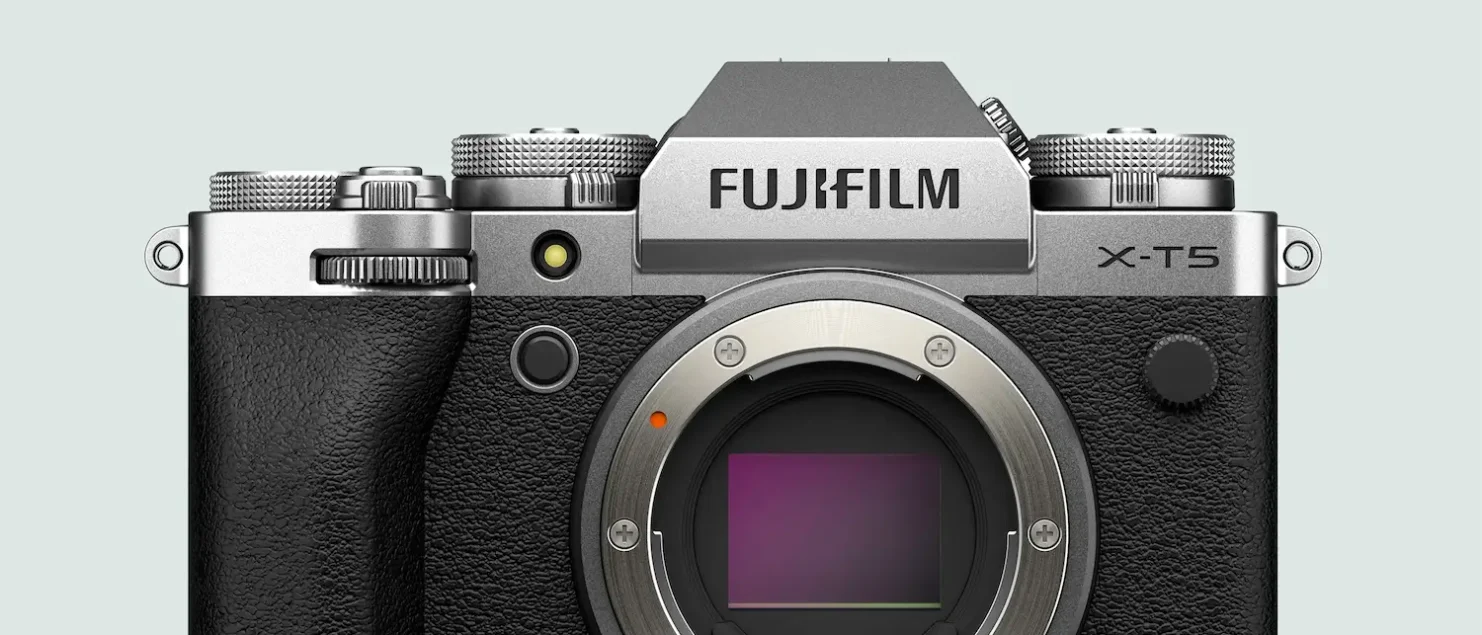
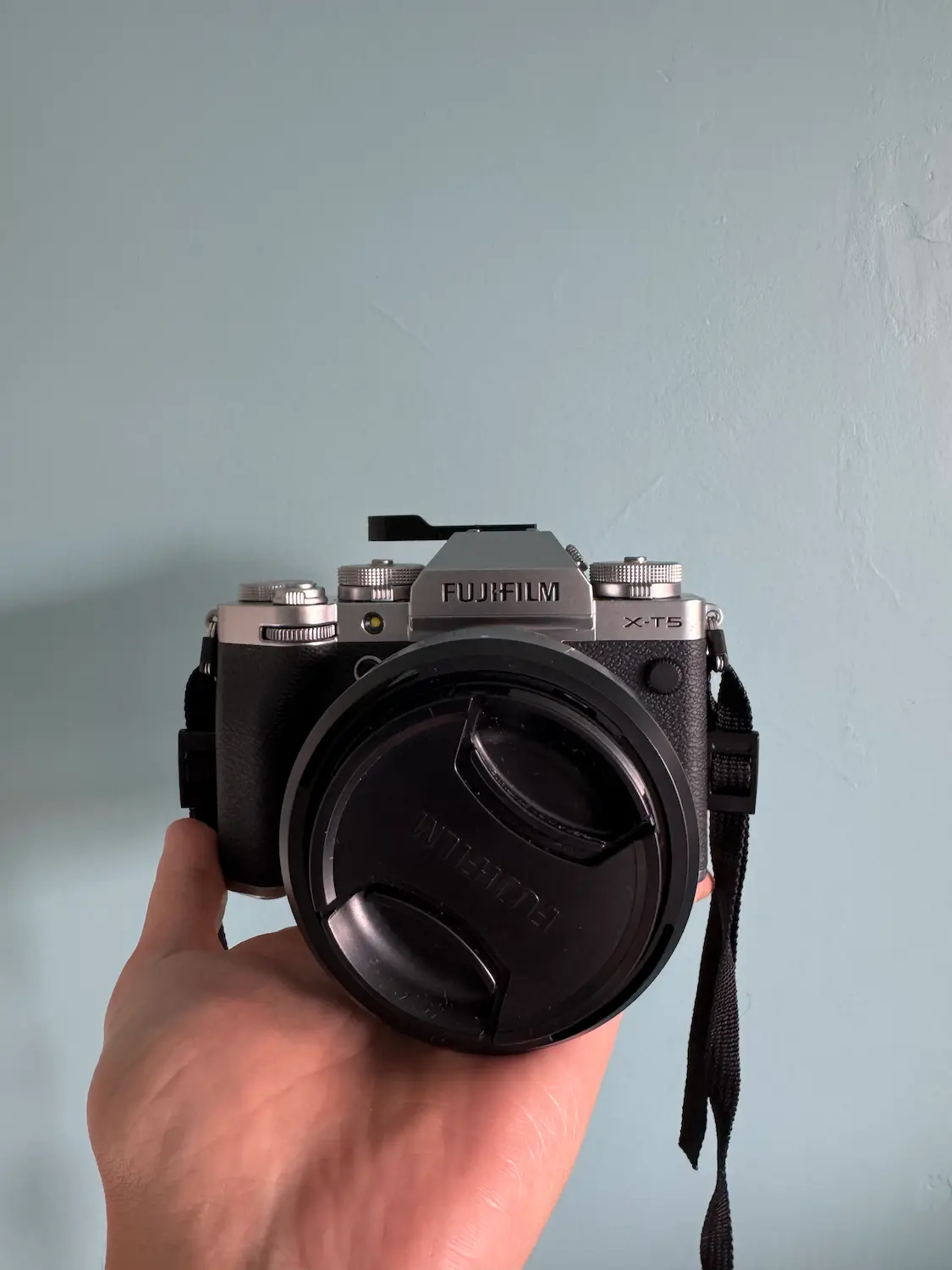
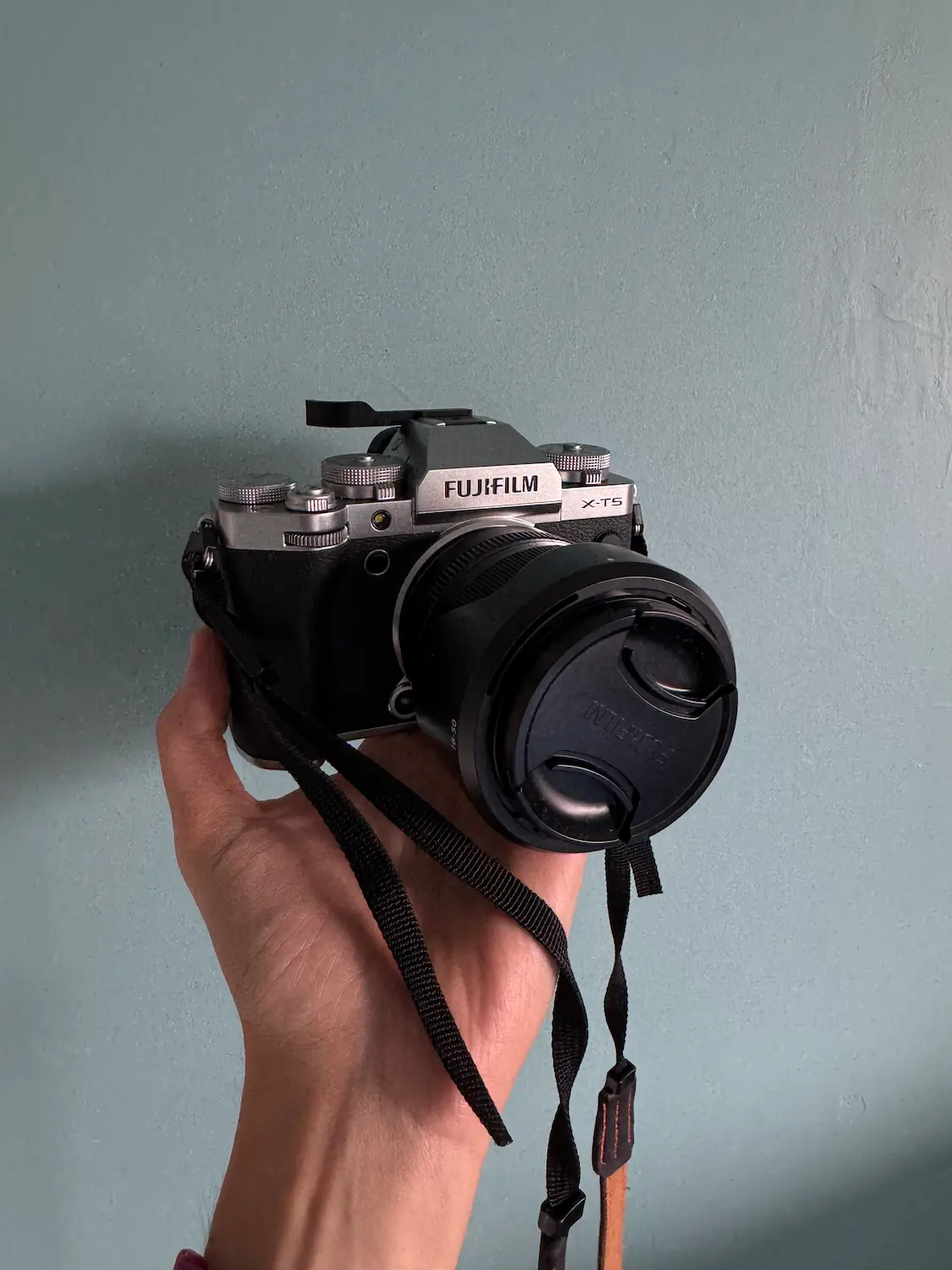
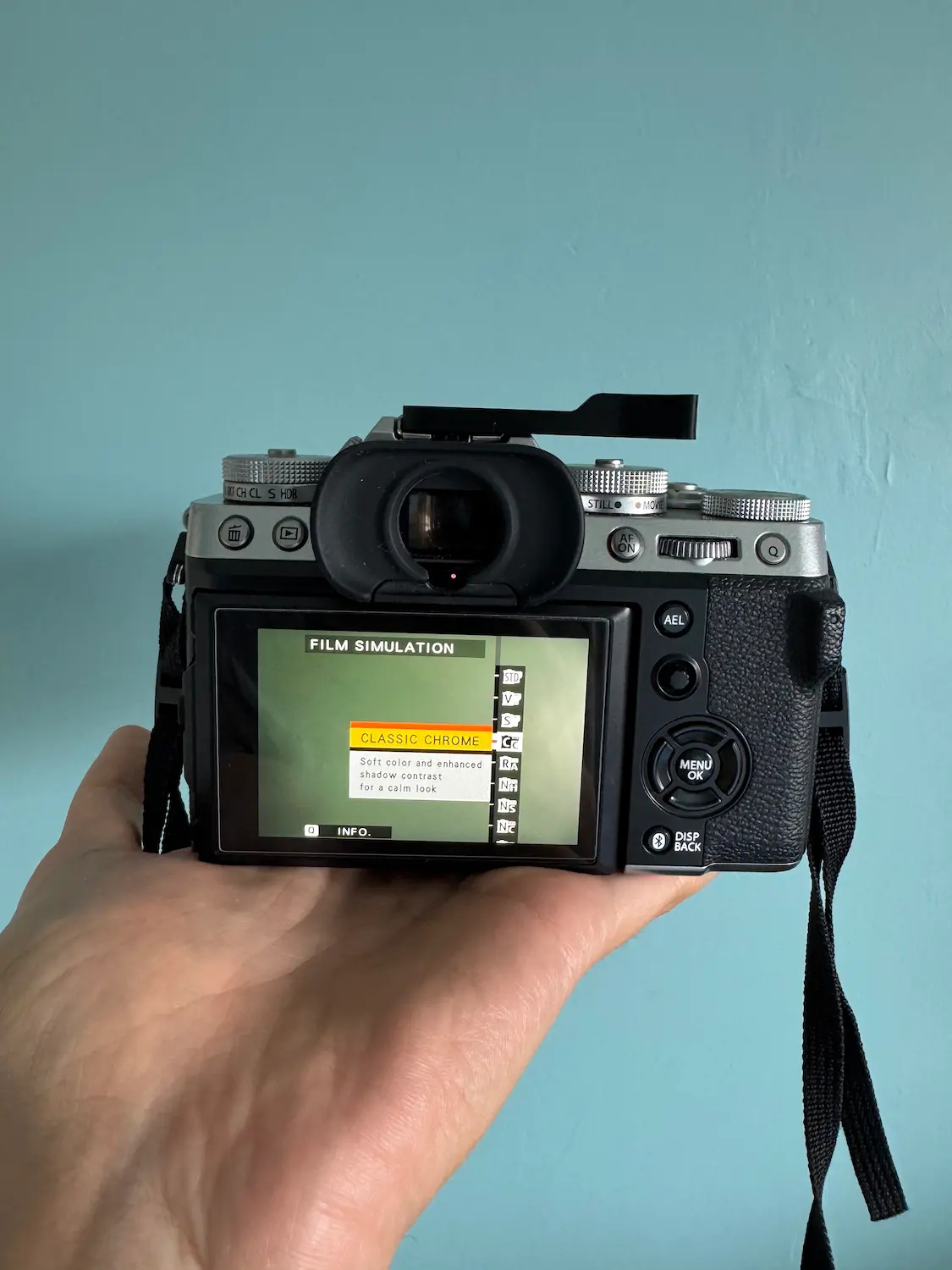
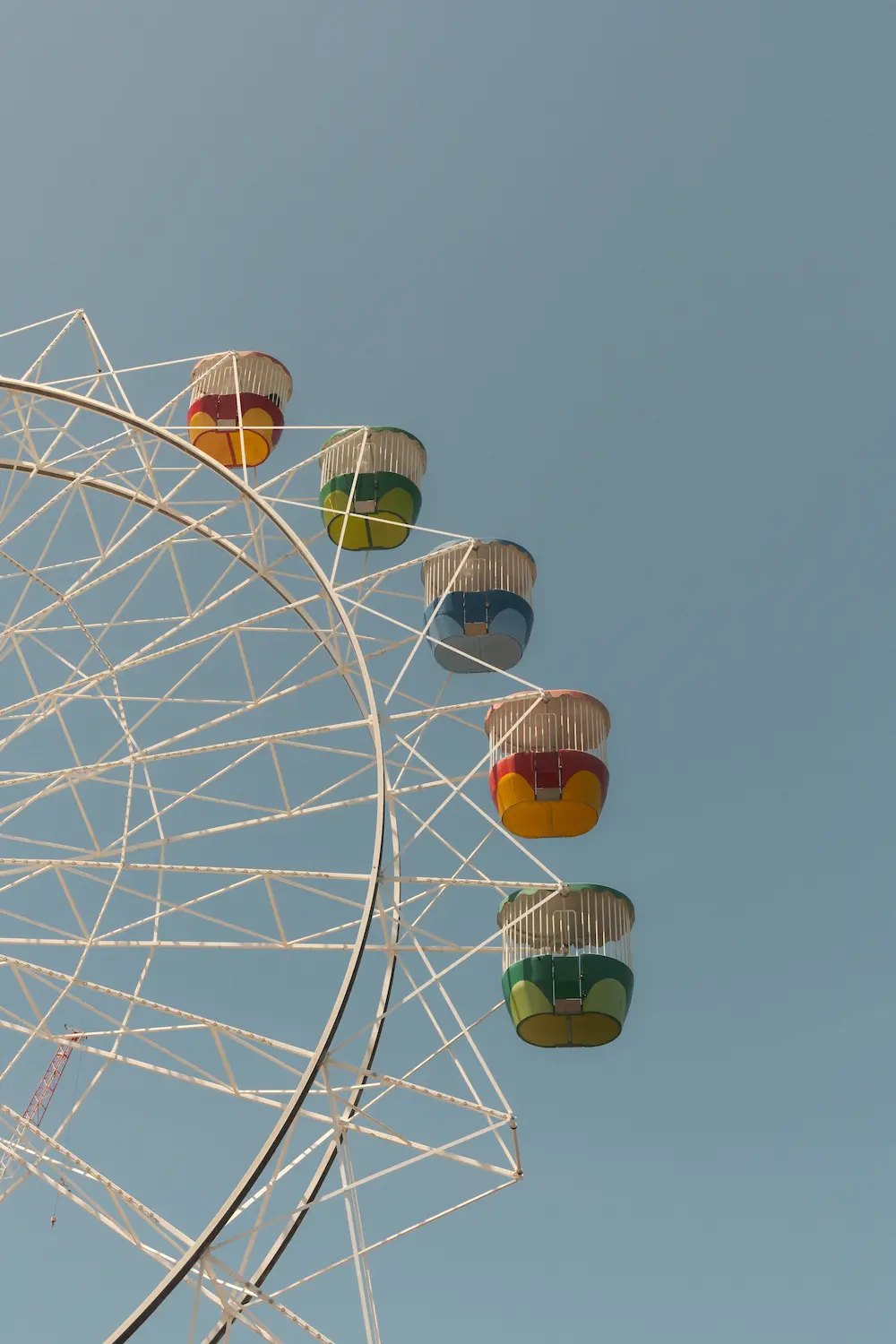
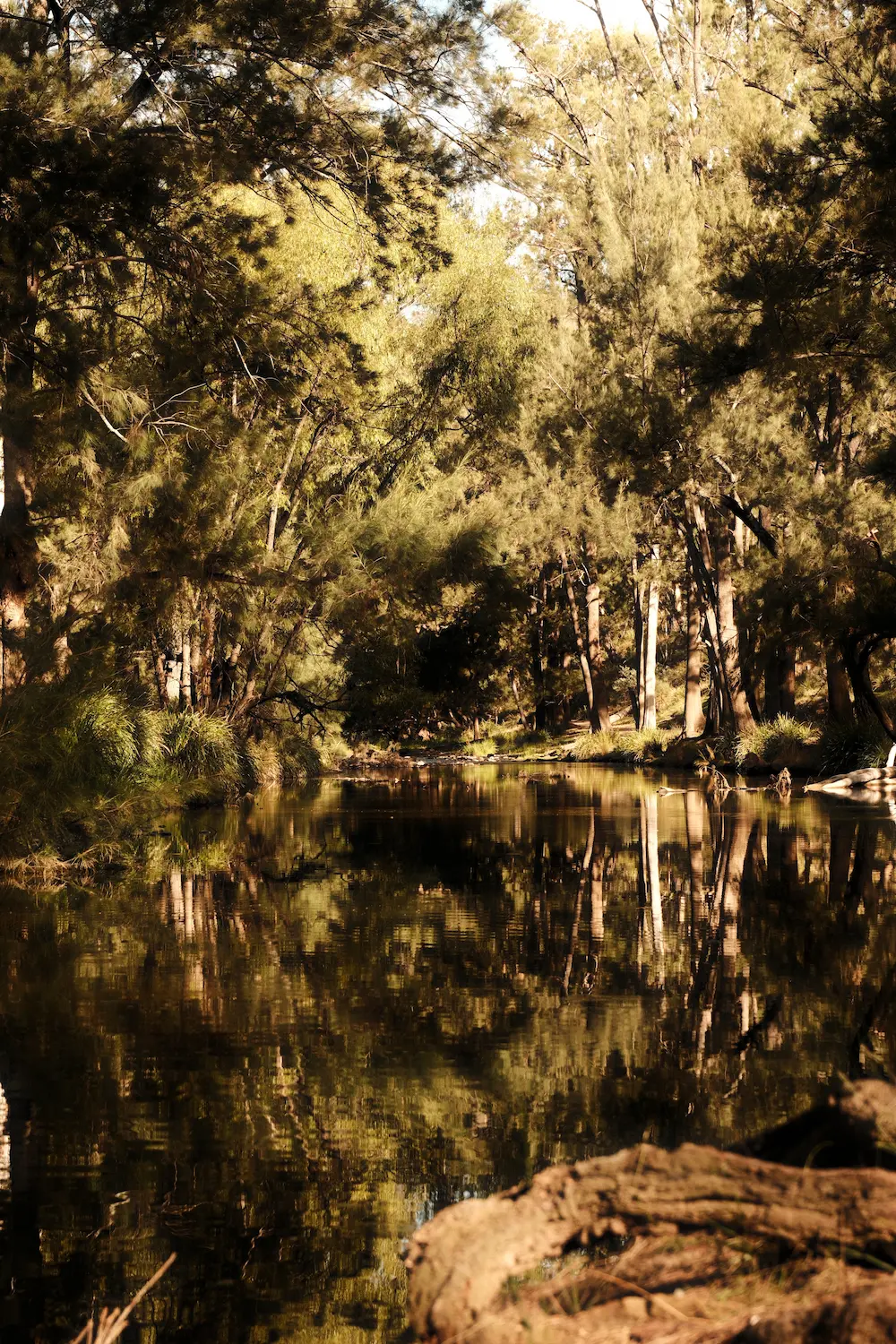



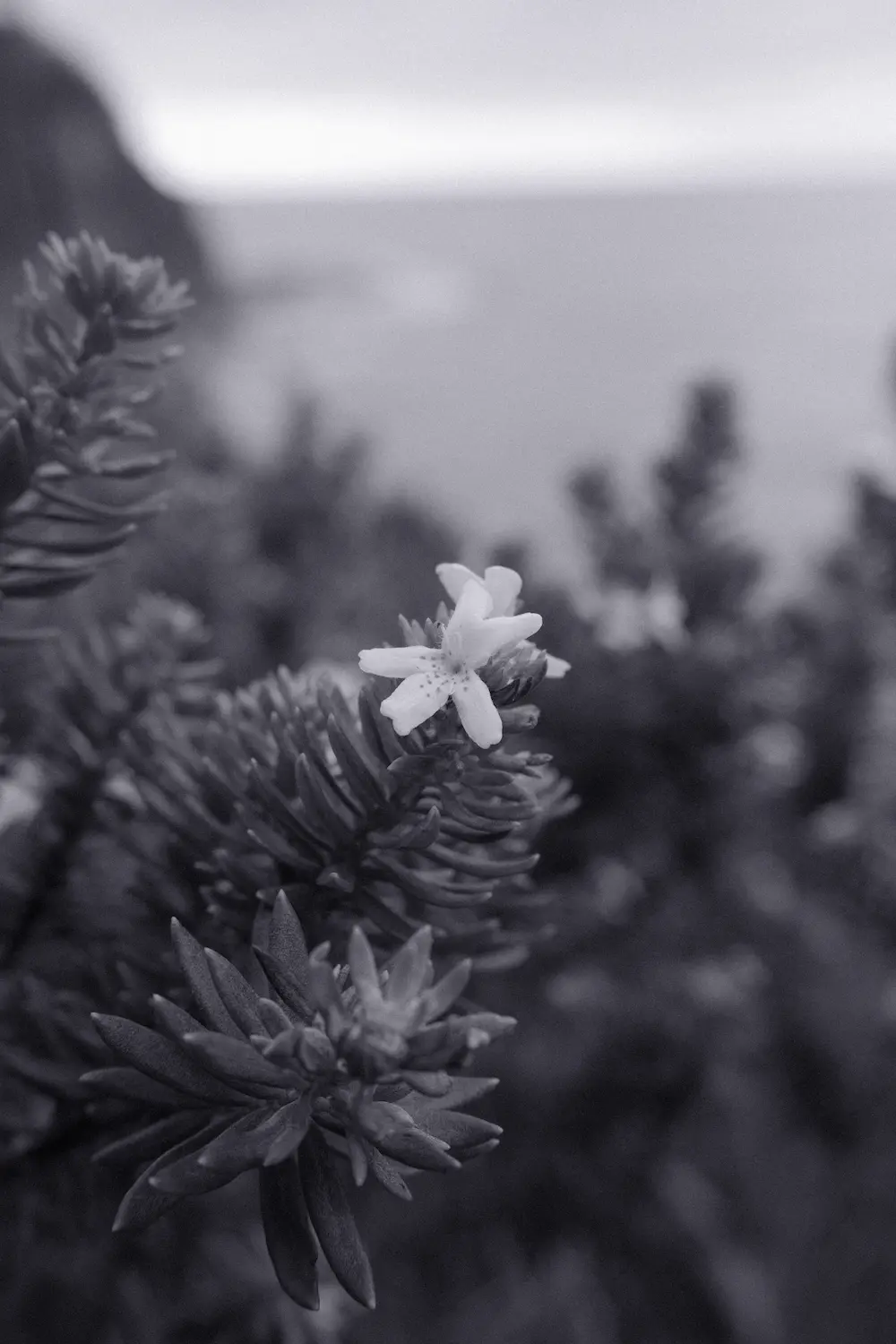
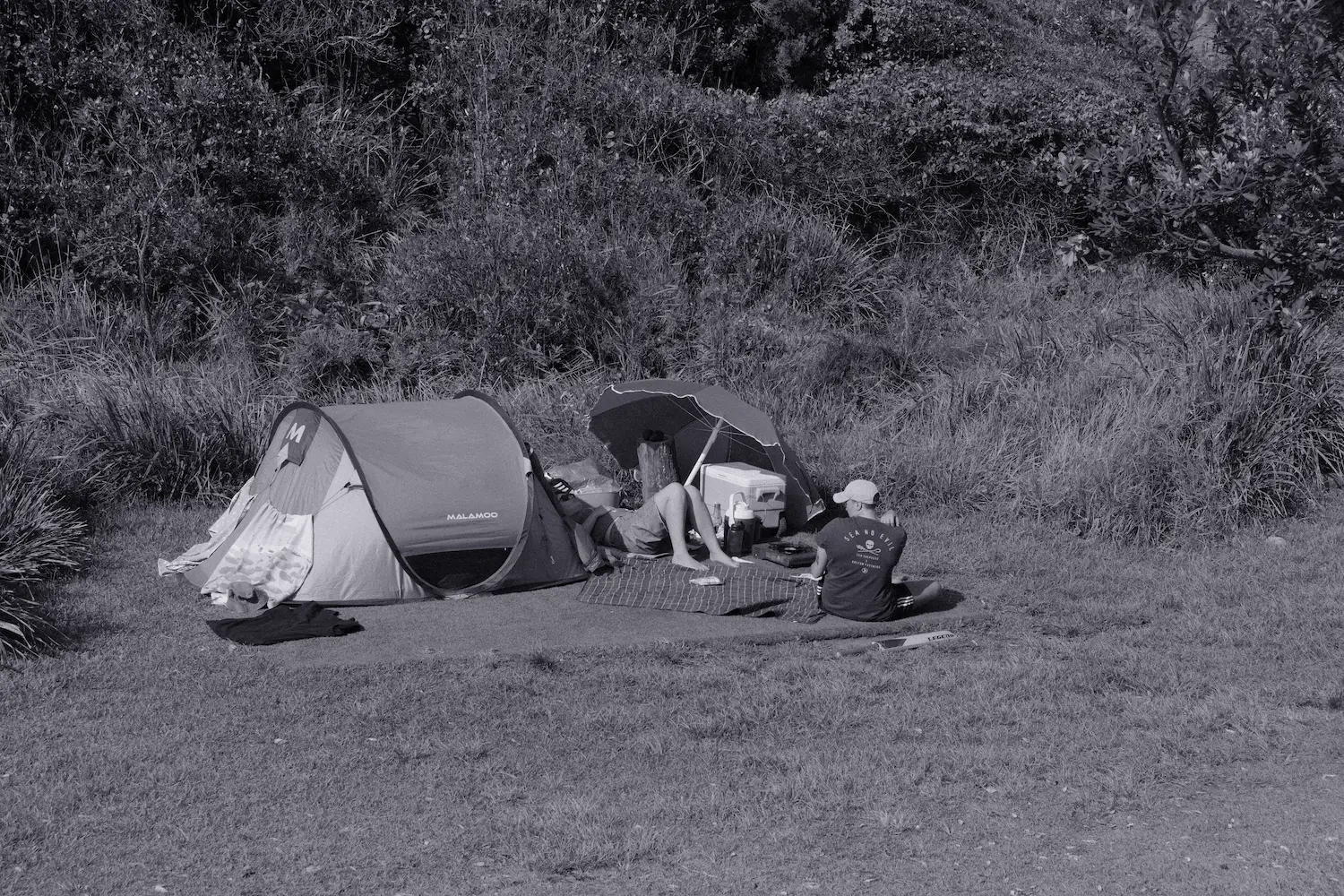
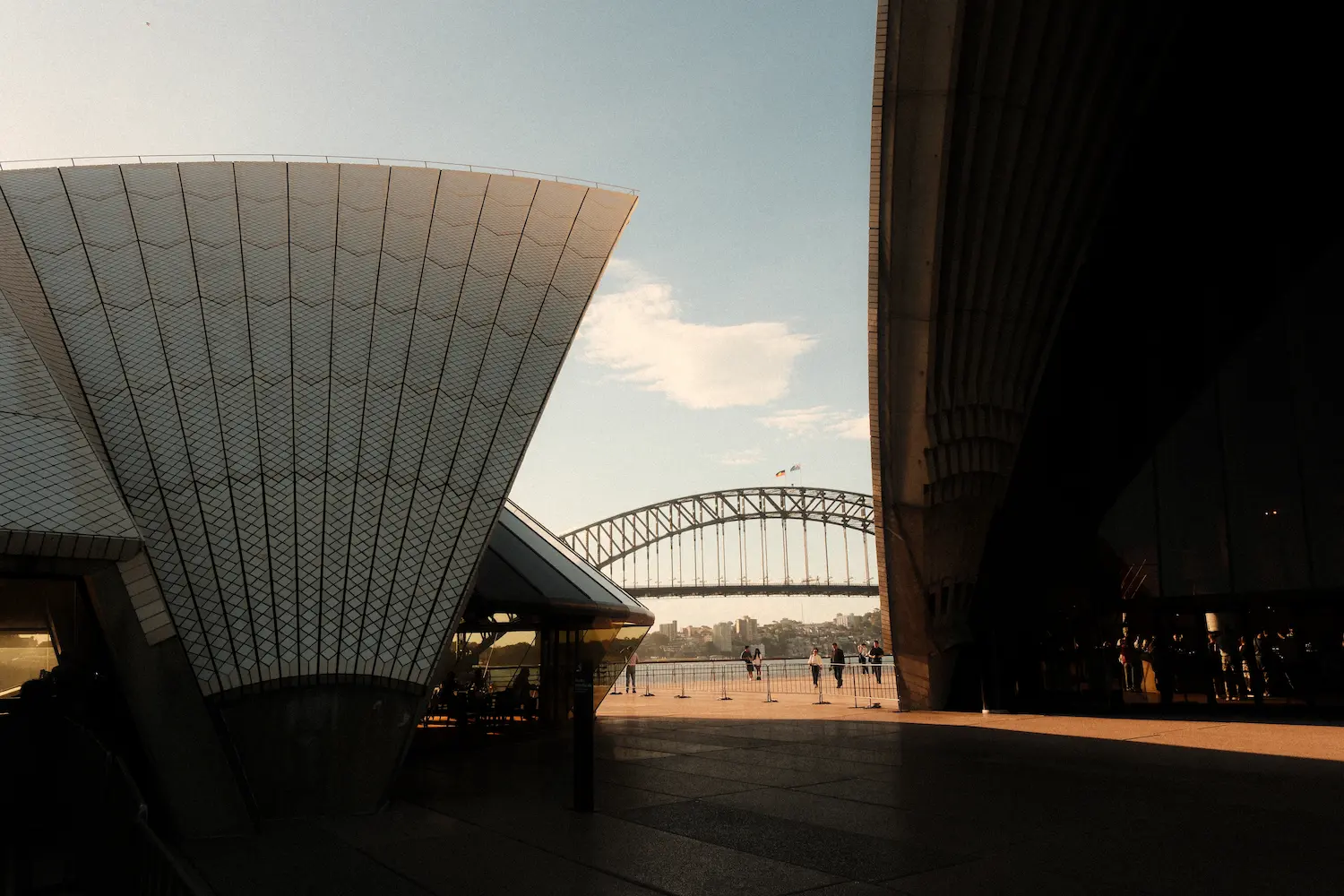



2 Comments
Join the discussion and tell us your opinion.
Thanks for sharing this honest review! The Fujifilm X-T5 sounds like a perfect blend of fun and performance, especially with those film simulations that cut editing time. I love how it brought back your passion for photography — that’s what really matters. Definitely considering it now!
Thanks a lot and yes, I’m absolutely in love with it!